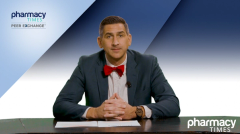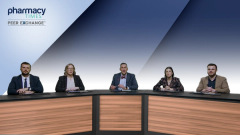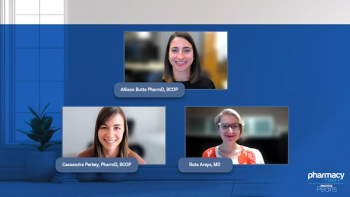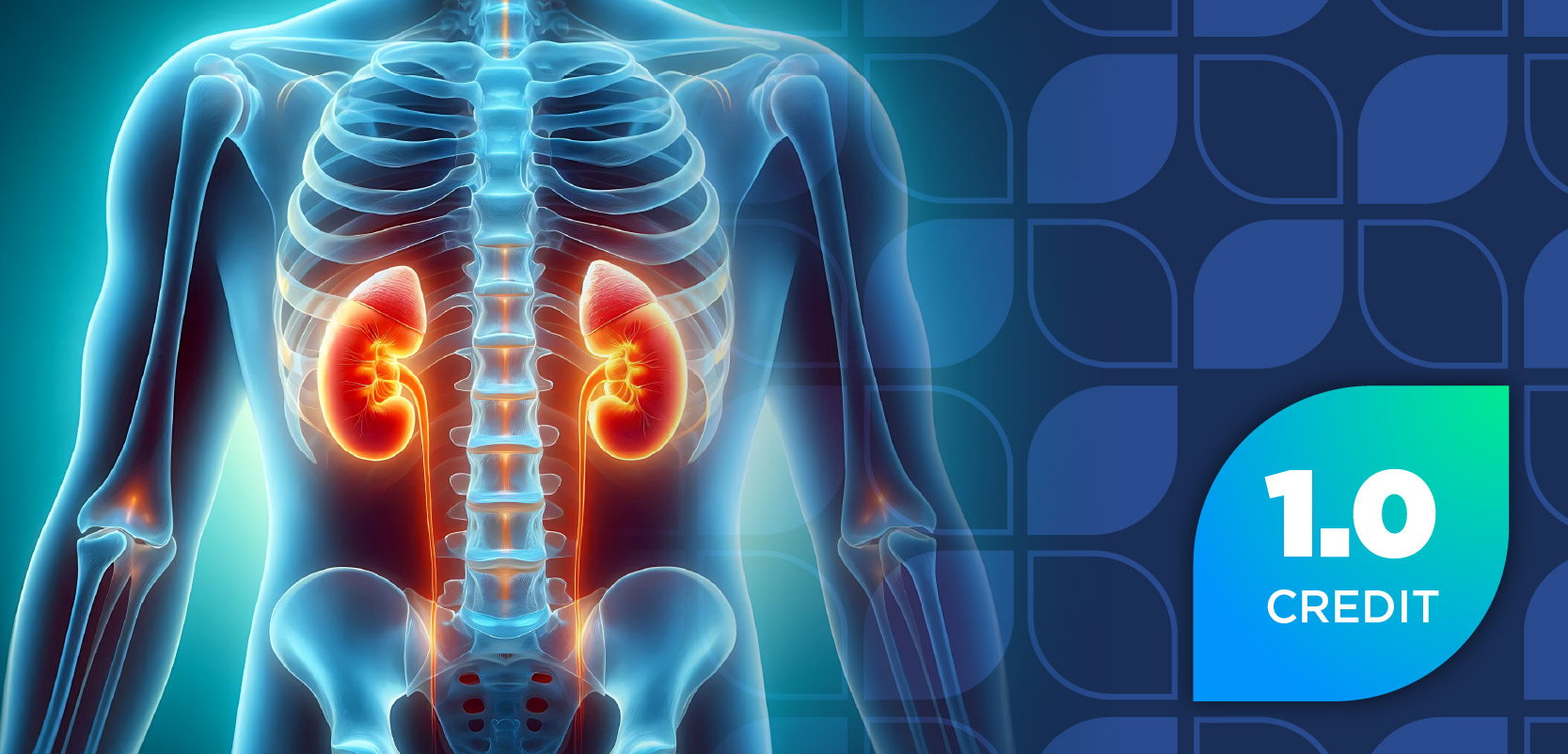
Mechanisms of Action of Nonstatin Therapies
Panelists discuss how PCSK9 inhibitors, bempedoic acid, and inclisiran lower low-density lipoprotein cholesterol (LDL-C) through distinct mechanisms—PCSK9 inhibitors enhance LDL receptor recycling, bempedoic acid inhibits ATP citrate lyase to reduce cholesterol synthesis, and inclisiran uses RNA interference to decrease PCSK9 production—comparing their efficacy in reducing recurrent cardiovascular events.
Episodes in this series

Mechanisms of Actions for the PCSK9 Inhibitors
PCSK9 inhibitors, bempedoic acid, and inclisiran are lipid-lowering therapies with distinct mechanisms of action:
- PCSK9 inhibitors (e.g., evolocumab and alirocumab): These monoclonal antibodies bind to and inhibit PCSK9, preventing LDL receptor degradation. This increases LDL receptor recycling and uptake of LDL cholesterol, leading to significant LDL-C reduction (approximately 50% to 60%). Clinical trials have demonstrated reduced recurrent cardiovascular events in high-risk patients.
- Bempedoic acid: This oral therapy inhibits ATP citrate lyase, a key enzyme upstream of HMG-CoA reductase in cholesterol biosynthesis. It lowers LDL-C levels by approximately 15% to 25% and is particularly beneficial for patients who are statin-intolerant. Cardiovascular outcome trials show a moderate reduction in cardiovascular events, but less pronounced than with PCSK9 inhibitors.
- Inclisiran: A small interfering RNA therapy that inhibits PCSK9 synthesis in the liver, leading to prolonged LDL-C level reduction (approximately 50%) with infrequent dosing (every 6 months). Early data suggest cardiovascular event reduction, though long-term outcomes are still under investigation.
Comparative Impact on Recurrent Cardiovascular Events:
PCSK9 inhibitors have the strongest evidence for reducing recurrent cardiovascular events, followed by inclisiran (pending long-term data). Bempedoic acid provides a more modest reduction, mainly benefiting patients who are statin-intolerant. Therapy choice depends on patient-specific factors, including LDL-C target levels, tolerability, and treatment adherence.
Newsletter
Stay informed on drug updates, treatment guidelines, and pharmacy practice trends—subscribe to Pharmacy Times for weekly clinical insights.
















































































































































































































